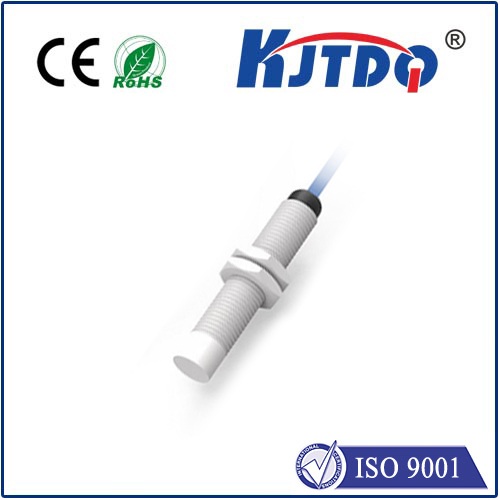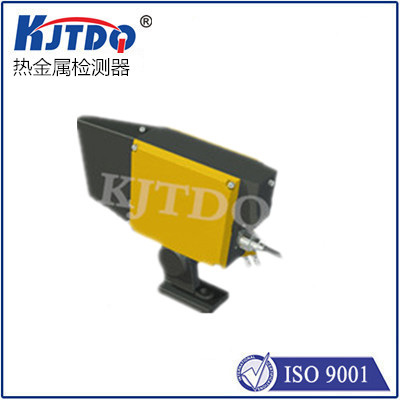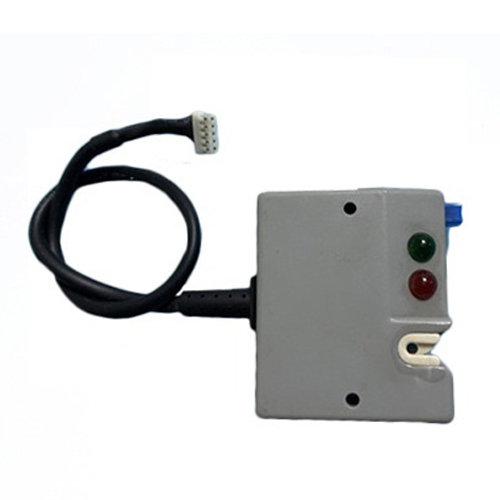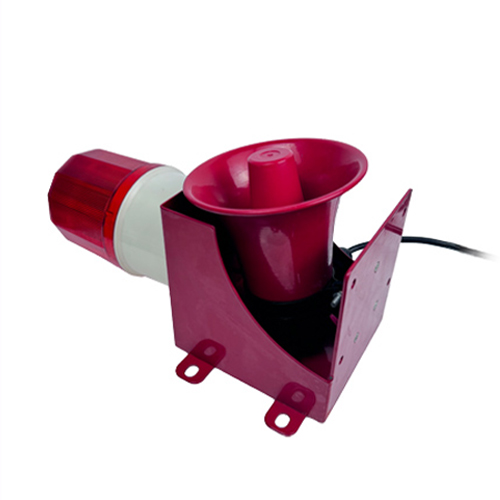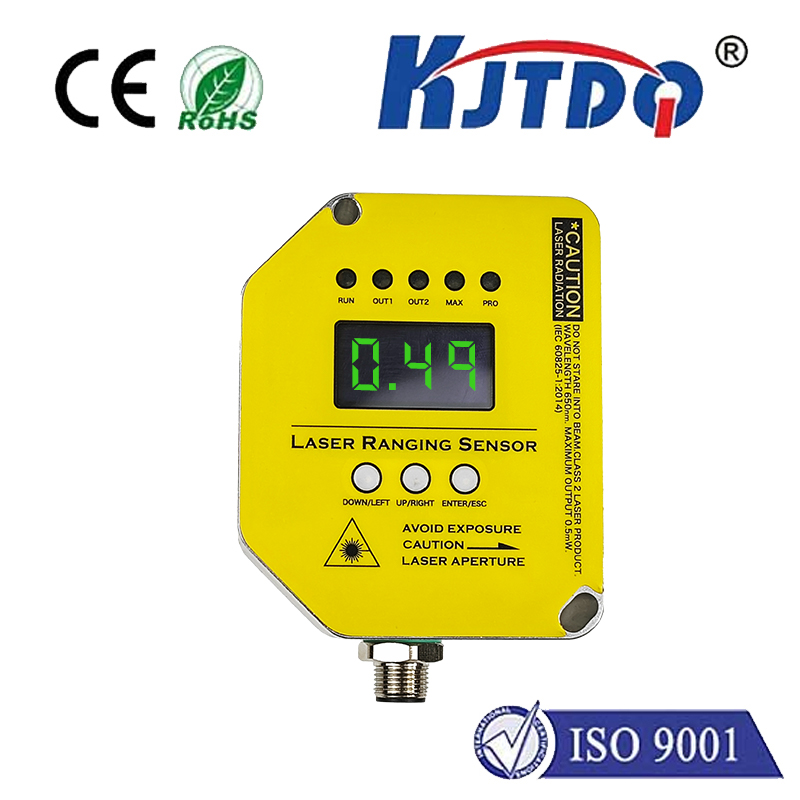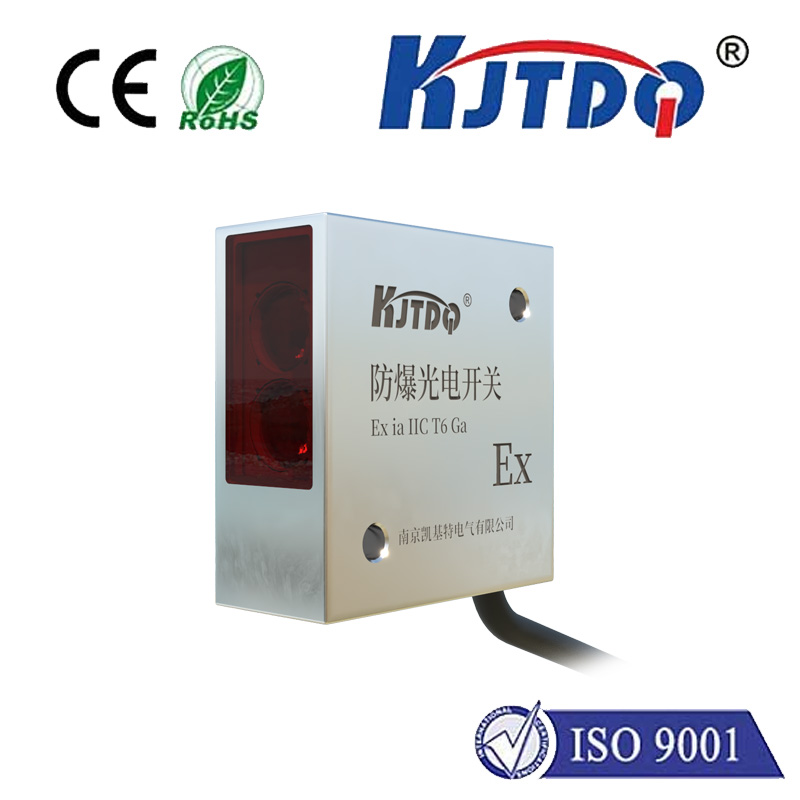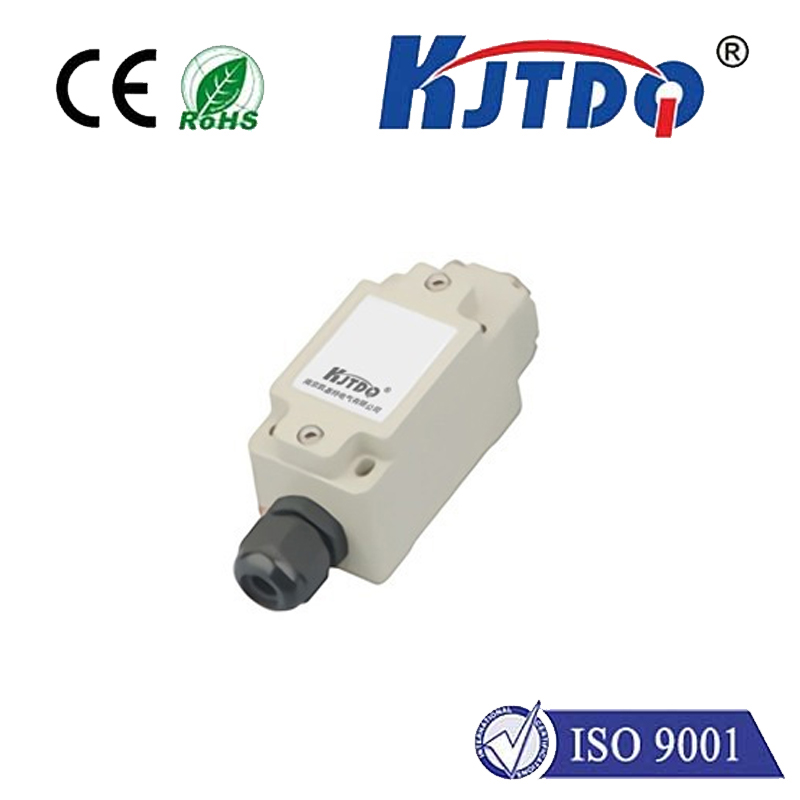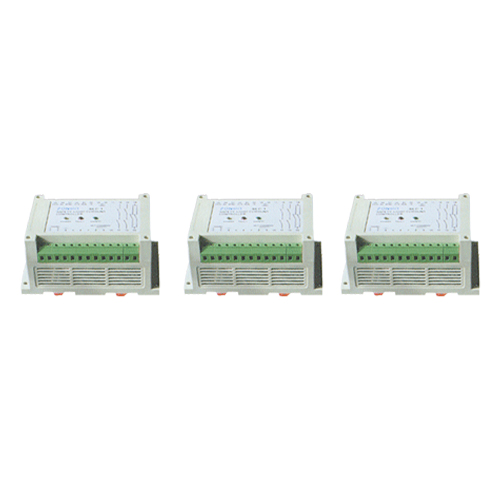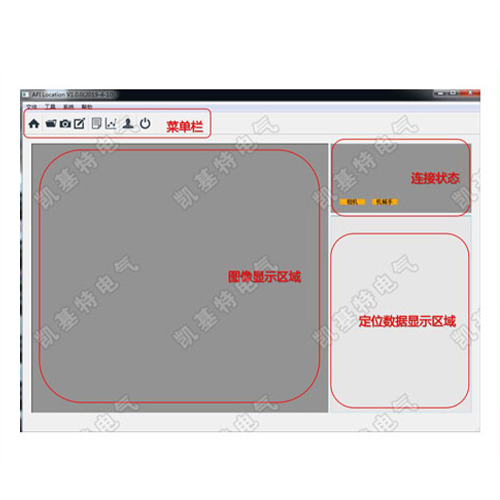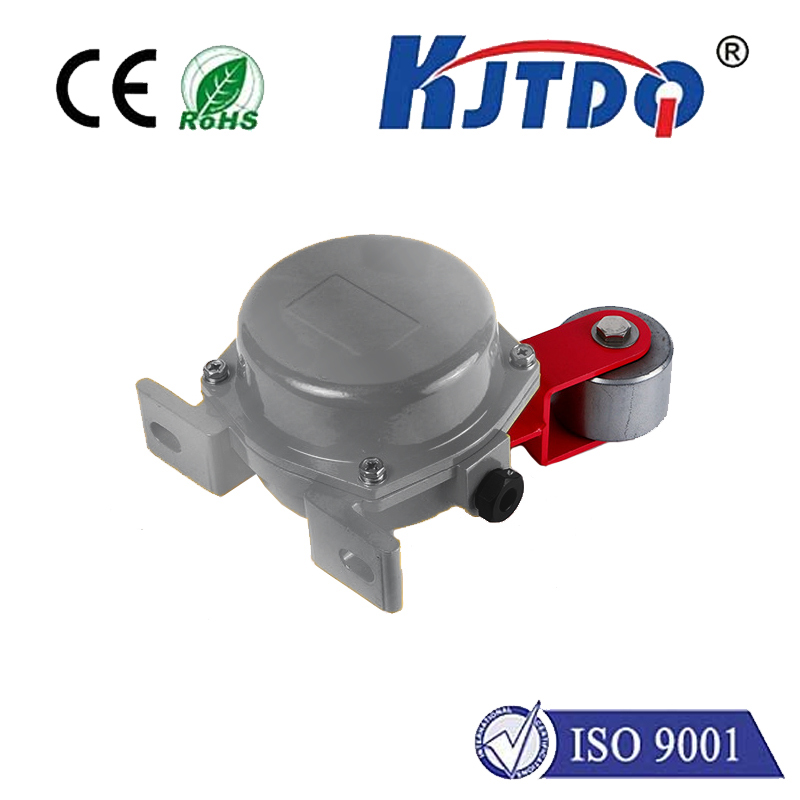

check

check

check

check

check

check

check

check

check

check
Understanding Mechanical Endstop and Limit Switches
Mechanical endstops and limit switches are essential components in various industrial applications, from manufacturing to robotics. They play a crucial role in ensuring the safety and accuracy of machinery by detecting the position of moving parts and limiting their movement within a defined range. In this article, we will delve into the basics of mechanical endstops and limit switches, their working principles, types, and applications.
What is a Mechanical Endstop?
A mechanical endstop is a device that physically stops the motion of a machine or mechanism when it reaches a predefined limit. It is typically used in conjunction with limit switches to provide redundant feedback on the system's position, ensuring that the machinery does not exceed its intended range of motion.
Types of Mechanical Endstops
There are several types of mechanical endstops, including:
1. Fixed Endstops: These are permanently mounted at specific locations on a machine and serve as fixed reference points for the machinery's movement.
2. Adjustable Endstops: These can be moved or adjusted to set different limits for the machinery's motion, providing more flexibility than fixed endstops.
3. Spring-Loaded Endstops: These use a spring mechanism to absorb the impact of stopping the machine, reducing wear and tear on the equipment.
4. Magnetic Endstops: These use magnets to detect the presence of a metallic object, making them suitable for high-precision applications where physical contact may cause damage or inaccuracy.

Working Principle of Mechanical Endstops
Mechanical endstops work by physically engaging with the moving parts of a machine or mechanism, causing it to stop or change direction when it reaches a certain point. This engagement can be achieved through various means, such as mechanical levers, screws, plungers, or even magnets. The exact method depends on the type of endstop being used and the application requirements.
What is a Limit Switch?
A limit switch is an electronic component that detects the presence or absence of an object or mechanism within a defined area. It sends an electrical signal to control systems or other devices when activated, indicating that a particular condition has been met or exceeded. Limit switches are often used in conjunction with mechanical endstops to provide additional safety and accuracy.
Types of Limit Switches
There are several types of limit switches, including:
1. Mechanical Limit Switches: These use physical contact between two components to activate the switch, such as a lever or roller pressing against a spring-loaded button.
2. Proximity Limit Switches: These use non-contact methods to detect objects or mechanisms, such as magnetic fields, ultrasonic waves, or infrared light beams.
3. Capacitive Limit Switches: These use changes in capacitance to detect the presence of an object or mechanism, making them suitable for applications involving liquids or powders where other types of switches may struggle.
Working Principle of Limit Switches
Limit switches work by using various sensors to detect changes in their environment and send corresponding signals to control systems or other devices. For example, a mechanical limit switch might use a lever that pushes against a spring-loaded button when an object comes into contact with it, completing an electrical circuit and sending a signal to control systems. Similarly, a proximity limit switch might use a magnetic field generated by passing metal objects to trigger the switch and send a signal.
Applications of Mechanical Endstops and Limit Switches
Mechanical endstops and limit switches have numerous applications across various industries and technologies, including:
1. Manufacturing: They are used in assembly lines to ensure that robotic arms do not exceed their intended range of motion, preventing accidents and damage to equipment.
2. Automation: They are used in automated systems to control the movement of conveyor belts, doors, valves, and other components.
3. Robotics: They are used in robotic systems to ensure accurate positioning and prevent collisions between robotic arms or other moving parts.
4. Safety Systems: They are used in safety systems to shut down machinery or equipment if it exceeds its safe operating parameters or encounters unexpected obstacles.
Conclusion
In conclusion, mechanical endstops and limit switches are essential components in many industrial applications, playing a vital role in ensuring the safety and accuracy of machinery and equipment. By understanding their working principles, types, and applications, engineers and technicians can design and maintain robust systems that operate reliably and efficiently.
